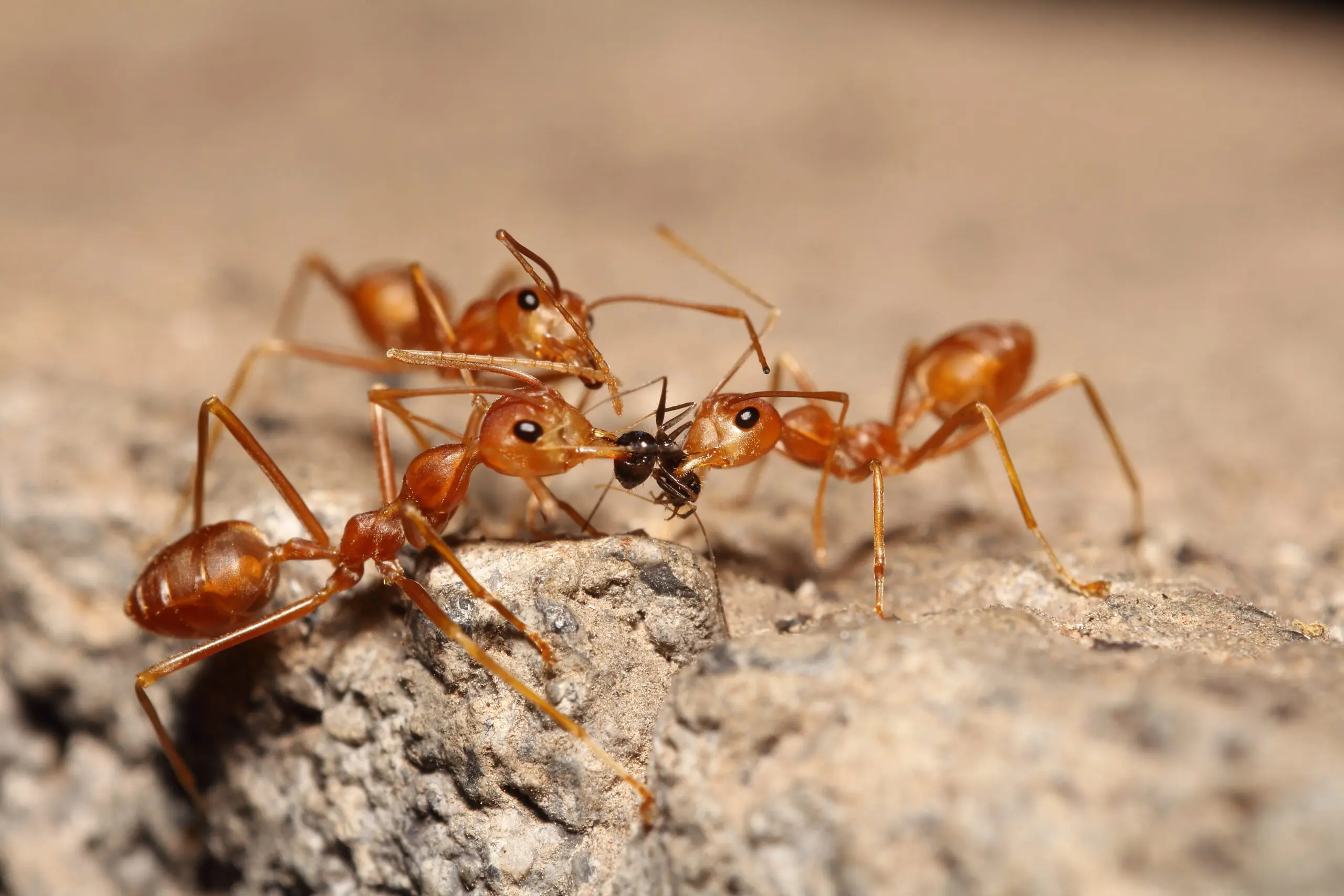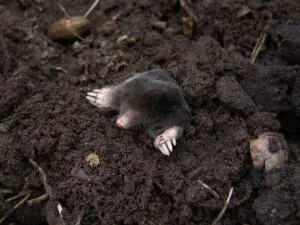

If you’ve ever been to Florida, you probably ran into a fire ant or two while you were there. They’re the persistent little red guys whose stings range from obnoxious to life-threatening. Since their populations seem overwhelming at times, especially during the summer months, we've put together a guide with all of the information you need to know about them, including identification, dangers, and prevention methods.
Identification
There are two species of fire ants in Florida. The more common species is the red imported fire ant. This species is considered invasive in the United States, and is actually native to South America. They are generally between 1/8 inch and ¼ inch in length and range in color from reddish brown to black.
The less common Florida fire ant species is the tropical or native fire ant. These ants are orange or reddish brown. They are quite light in color, which is where they got the nickname “ginger ant.” They only grow to be between 3 and 8 mm.
Origin/Habitat
As mentioned before, imported red fire ants are originally from South America and are invasive to the U.S. They were brought from South America to the U.S. in the 1930s and their populations have spread throughout the southern United States. On the ground, their nests appear as large mounds of dirt that can grow to up to 3 feet across and 18 inches high, and can contain up to 500,000 individual ants. They will also nest in buildings, trees, stumps, rotting logs, inside electrical equipment, and under pavement.
Tropical fire ant nests appear as irregular, sandy craters. These ants will also sometimes nest in logs. They avoid nesting in shady areas, and instead prefer warm, sunny areas like open fields.
Season
Fire ants are active year-round. However, their preference for hot weather allows their populations to rise when temperatures are between 70 and 90 degrees Fahrenheit.
Dangers/Treatment
Fire ants have a painful sting that they will use when they feel their nest is threatened. Usually, stings result in intense burning and itching at the site of the sting. A red welt forms and subsides within 30 minutes to an hour. Little pimple-like bumps will form within 24 hours and will rupture within 2 or 3 days. The pimple-like bumps generally cause burning, itching, and swelling. In most cases, the stings will heal on their own. Avoid scratching or breaking the blisters as much as possible, as that can lead to secondary infections. The area of the stings should be washed with soap and cool water to avoid a secondary infection and to help soothe the burning sensation. Antihistamines, anti-inflammatory medications, topical steroids, or ice can all be used to manage the symptoms caused by the stings.
If the reaction from stings is larger than the area of the stings themselves, or if the area is oozing, you may need to visit your doctor. These symptoms may indicate a secondary infection or a more intense reaction. Your doctor may suggest a medication like an antibiotic or oral steroid.
Around 16% of people who are stung by fire ants develop an allergic reaction. Serious allergic reactions can lead to anaphylaxis which, if untreated, can be fatal. Signs of a serious allergic reaction include difficulty breathing, flushing, itching, swelling of the face and throat, and loss of consciousness. Symptoms will start to appear within 30 or 40 minutes of the sting at most, but they can appear within minutes or seconds. These symptoms indicate a medical emergency and require immediate medical attention.
Prevention
Unfortunately, there are no methods that will completely eradicate fire ants in any given area. There are, however, steps you can take to minimize populations and prevent them from entering your home or business. Some of the more common methods used to control populations include broadcast bait applications, individual mound treatments, barrier and spot treatments, or a combination of these methods. In order to prevent fire ants from entering your home or business, it is important to seal off any possible entrances. This means fixing cracks in the foundation and sealing any gaps around doors and windows. Clean up any spills or food residue, and keep all food in sealed containers.
Fire ants are very difficult pests to control, so if these control and prevention methods are not enough to keep the fire ants on your property at bay, give us a call and we’ll send over an expert to do a thorough treatment.






